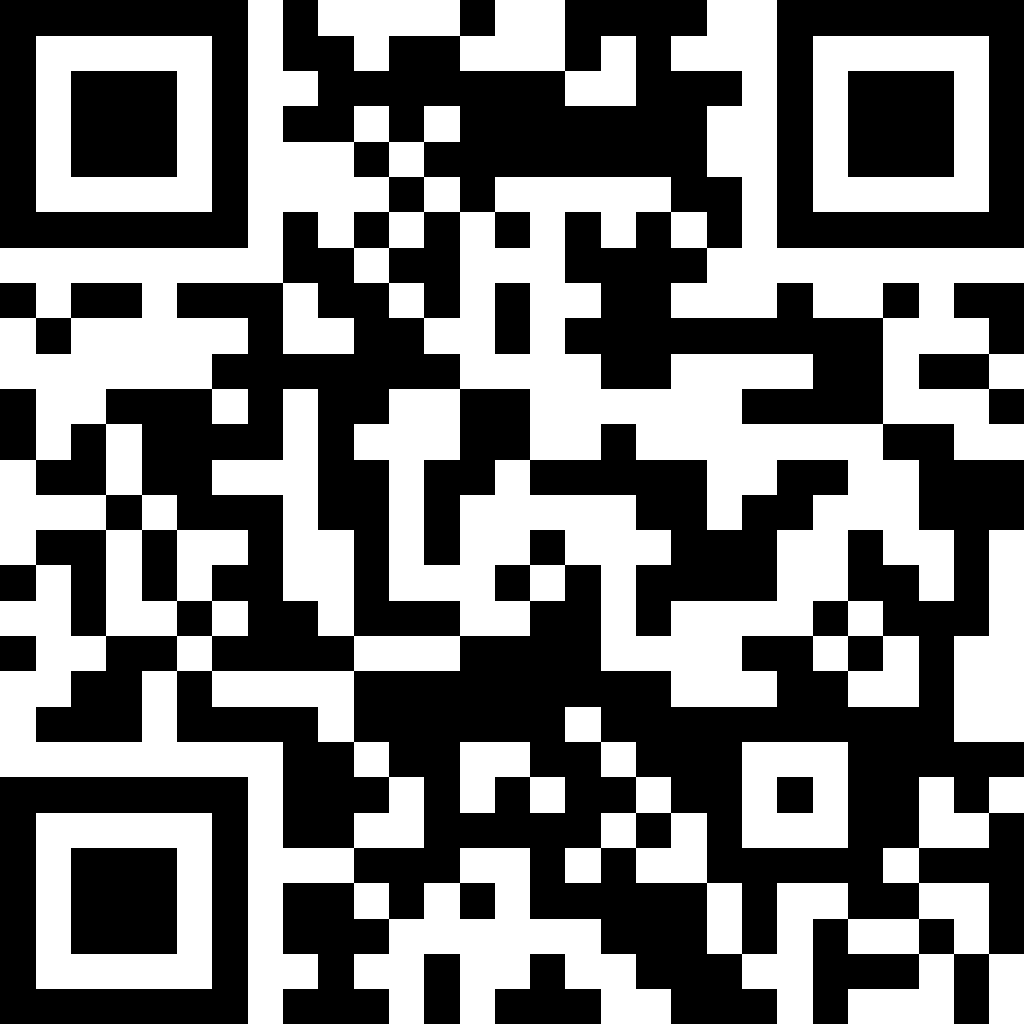Time Management: Part 1 of 2
Time Management for Small Business: 5 Ways to Get More Done
Rieva Lesonsky, Award-Winning Journalist on Small Business

Effective time management is especially important for small business owners, who generally feel they don’t have enough hours in the day to get everything done. To help, we’ve culled through a lot of advice, tips, and ideas to find the most practical, accessible, and easiest ways for you to manage your day and get more done in less time.
Time Management Tips
1—Find your rhythm. The problem with many time-management tips is that they’re one-size-fits-all, and that’s not how we’re built. We all have a natural rhythm—our “power hours” or peak performance times. Some of us are morning people rising at dawn, while others aren’t fully engaged until the afternoon or evening or feel the most creative after midnight.
So, embrace your natural rhythm or your “up” times for the most crucial tasks such as having important meetings, brainstorming ideas, and solving problems. Of course, you may need to fit some activities around other people’s schedules. You’re not going to have a meeting at 2 a.m. But you can do plenty of useful activities—such as business planning, writing proposals, or updating a skill—when other people aren’t available.
When your energy flags, do less brain-intensive work, such as organizing your files, updating your calendar, or creating to-do lists.
2—Know your style. Are you easily distracted, or can you ignore distractions? Do you prefer to work in silence or thrive on music or other background noise? Once you identify how you work, you can craft the best way to do the work.
If getting distracted is an issue, use technology to limit interruptions. Set deadlines to finish tasks. And build extra time into your schedule. For instance, checking email or catching up on industry news may take you a while since you’re more apt to check out an article, open a personal email, or call a friend. Add 15 to 30 minutes to the time you allot for those work tasks.
Time Management Tools:
- Consider getting a second line on your phone that you reserve for personal calls or your most important clients. The Index app from Pinger, for example, gives you the ability to auto-text a response to incoming calls.
- To avoid getting distracted by email, auto-sort messages into in-box folders or create different email addresses for categories such as business newsletters, personal contacts, and retail sites.
- Manage your reading material by using an app like Pocket or an extension like OneTab, which works on Chrome, Firefox, Edge and Safari.
3—Identify time-wasters. You may need to log your activities for a week or so to discover your habitual inefficiencies and determine workarounds. For instance, do you type the same response to similar emails or text messages? If so, create a template or shortcut.
4—Plan. There are two aspects to planning. First: the macro view. Look at the bigger picture and decide what goals you want to accomplish. You can set weekly goals or daily ones. (This is in addition to your yearly and other long-term goals.)
Then look at the micro view, which focuses on how you operate in the short term. For example, do you prefer grouping meetings at certain times of day (remembering your peak-performance hours)? If so, don’t schedule back-to-back meetings. Give yourself at least 15 minutes between meetings to take a break or grab a cup of coffee.
Also, build interruption time into your schedule. An employee may have an urgent question, or a client may call with an emergency. Being flexible is essential.
5—Delegate. Don’t try to do it all yourself, even if you’re the only employee in your business. Determine which tasks only you can perform, then outsource, train your employees, or hire freelancers to do less-important work such as running errands, or ordering office supplies. Consider delegating tasks like updating your website or engaging on social media. Such time-consuming projects take you away from vital revenue-generating activities. That doesn’t mean you shouldn’t engage on social platforms. You should. But streamline the process as much as possible through automated tools such as Zoho Social, Hootsuite, and Lately.
Want more time-saving ideas? Look for Part 2 of Small Business Time Management in January when we will distill five more tips from efficiency experts on how to get it all done.

Rieva Lesonsky
Rieva Lesonsky is an award-winning business journalist who has covered small businesses and entrepreneurship for over 30 years. She was the long-time editorial director at Entrepreneur magazine.
Recommended Reading
Streamline customer interactions with Index
The Index app was built specifically for small businesses, with tools to help you communicate faster and more easily with your customers. Try Index today!





